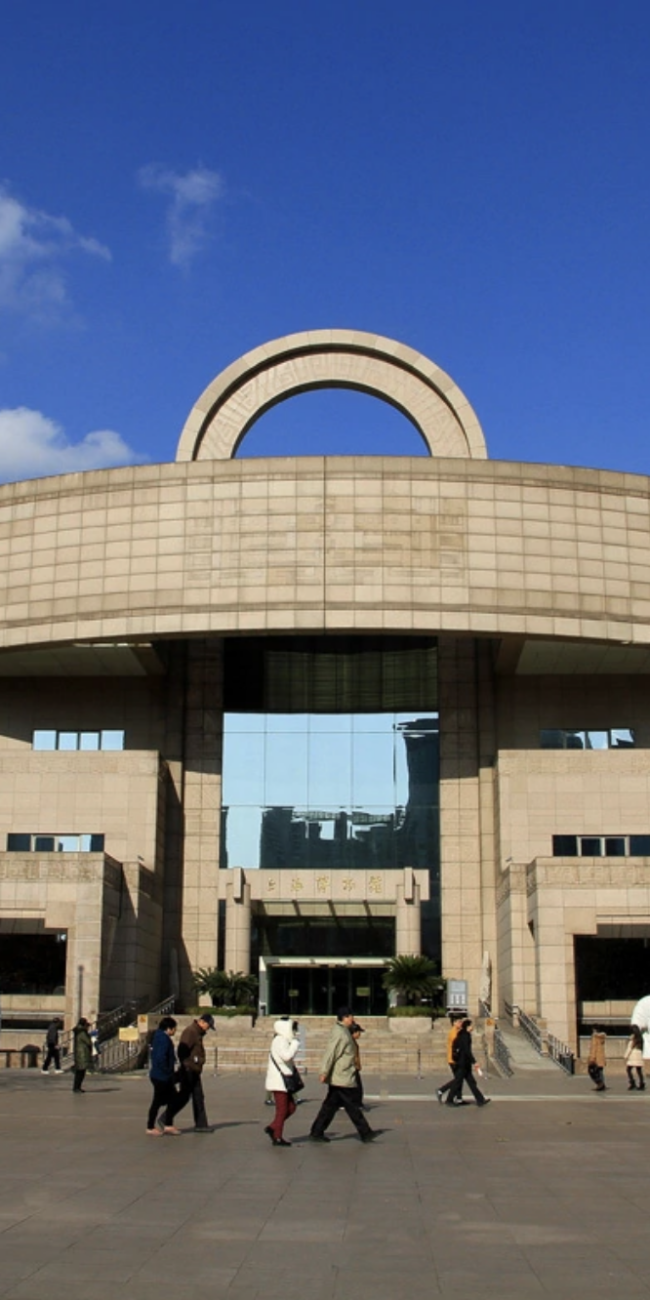Exploring Kunshan/Suzhou/Shanghai
Kunshan
Kunshan city stands as a beacon of modernity, seamlessly blending its rich history that spans over two millennia with contemporary advancements. Nestled in the vibrant heart of the Yangtze River Delta region within the eastern part of Jiangsu province, Kunshan finds itself strategically positioned between the bustling hubs of Shanghai and Suzhou, absorbing the dynamism of both.
This burgeoning metropolis, which is home to approximately 1.6 million inhabitants, offers a harmonious blend of natural and urban vistas. Over a quarter of its 359-square-mile expanse is adorned with scenic rivers, tranquil lakes, and lush forests, making it a magnet for residents from various corners of the globe.
Kunshan stands as a sterling example of China’s progressive social and economic trajectory. Its remarkable growth and development have not gone unnoticed, consistently securing the top spot on Forbes China’s list of the most commendable county-level cities in the mainland. In 2010, its efforts in housing development were globally acknowledged when it was bestowed with the prestigious UN-Habitat Scroll of Honor Award.
Today, Kunshan is a thriving hub of industry and innovation, hosting numerous Fortune 500 companies and leading enterprises. Its landscape is dotted with high-tech and economic development zones, showcasing the city’s commitment to fostering growth and prosperity in the modern era.
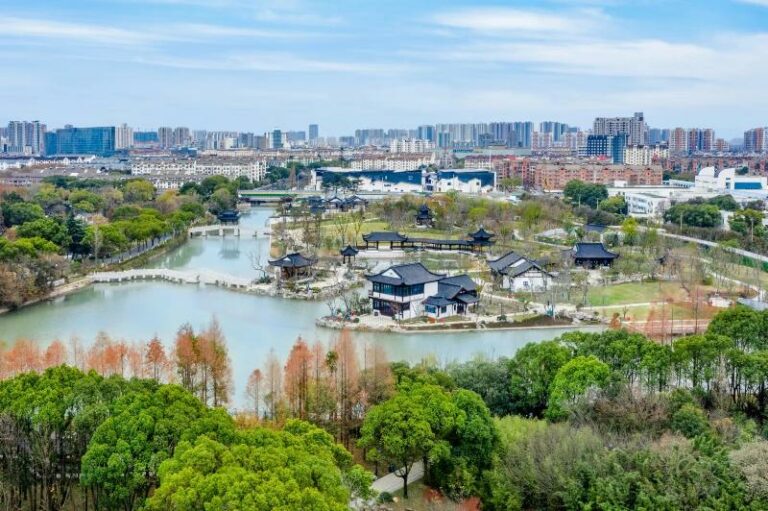
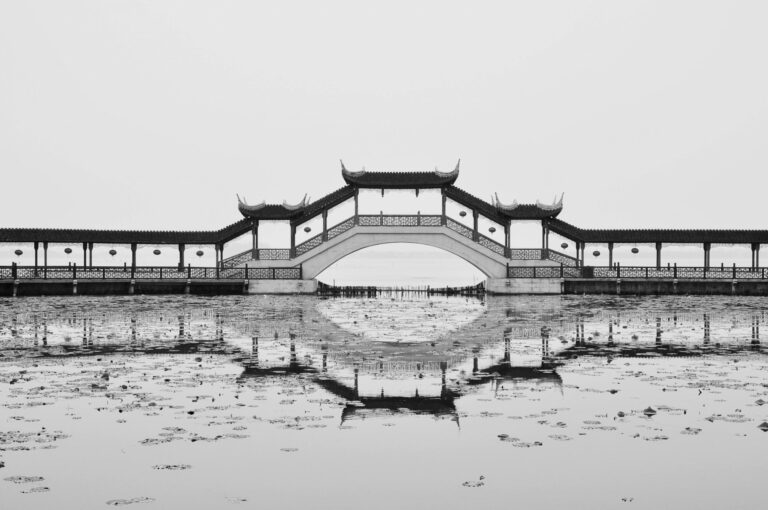

Culture
Kunshan’s cultural tapestry is richly woven with the threads of Kunqu Opera, an art form that traces its roots back to this very region. As one of the most ancient Chinese opera styles, Kunqu Opera held a commanding presence in Chinese theaters between the 16th and 18th centuries. Its profound cultural significance was globally recognized in 2001 when UNESCO honored it as a Masterpiece of the Oral and Intangible Heritage of Humanity.
Beyond its operatic legacy, Kunshan is also celebrated for its beautifully preserved ancient water towns. Names like Bacheng, Jinxi, Zhouzhuang, and Qiandeng evoke images of serene waterways, age-old bridges, and timeless architecture, transporting visitors to a bygone era.
At the heart of the city’s cultural scene is the Kunshan Culture and Art Center, a modern marvel that stands as a testament to the city’s commitment to the arts. Hosting over 350 cultural events annually, the center is a vibrant hub for a myriad of performances, from the traditional strains of Kunqu Opera to contemporary theater. Additionally, it serves as a platform for art exhibitions, painting and calligraphy workshops, and a plethora of other enriching activities, many of which are accessible to the public at no cost.
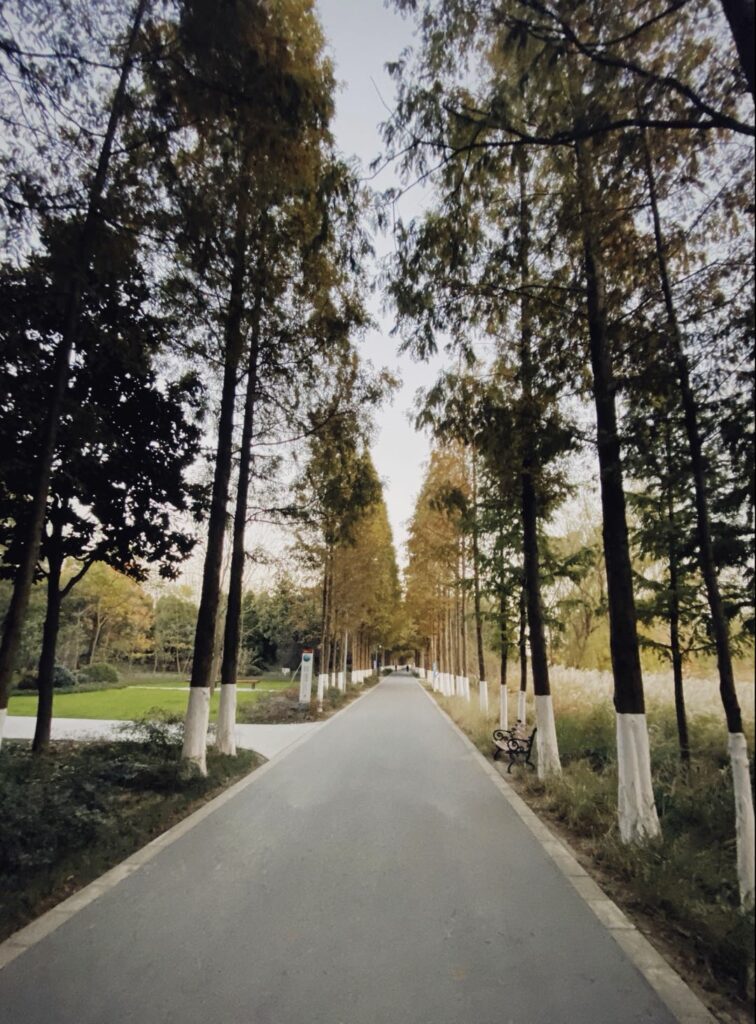
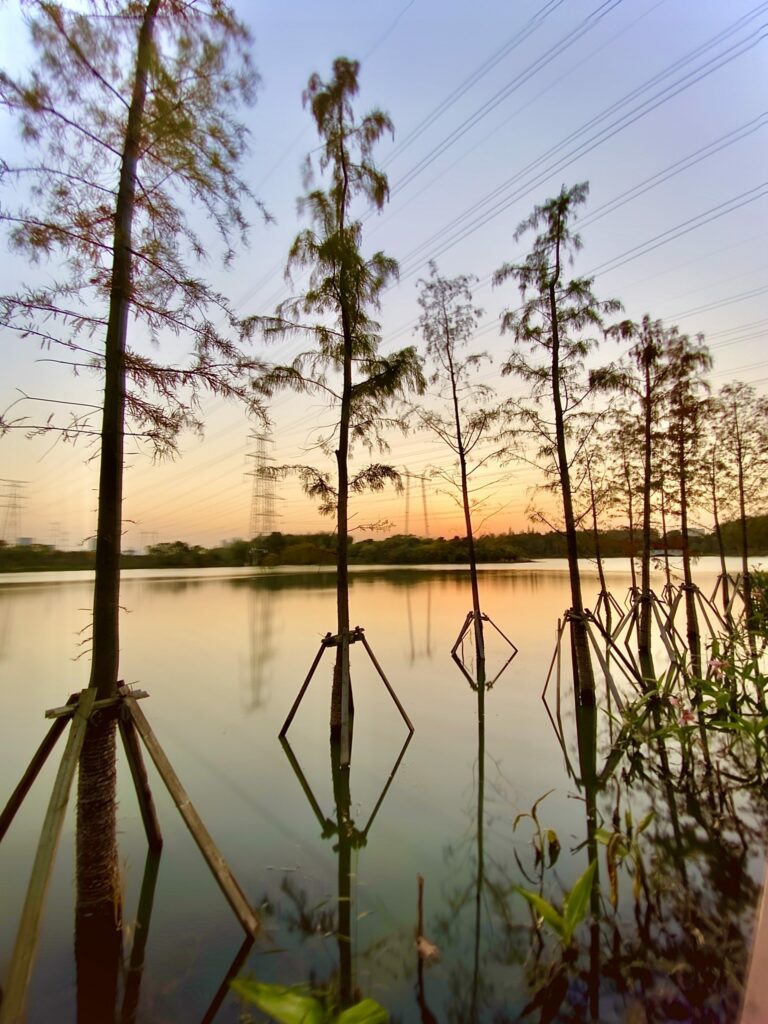
Sightseeing
Kunshan, a city that offers something for everyone, is a haven for nature enthusiasts. The expansive Forest Park, a 3,151-acre wetland, is a vibrant sanctuary adorned with wildflowers, fruit trees, lotus ponds, and bamboo gardens, promising a delightful encounter with nature.
Similarly, Tinglin Park, known for its lush greenery and pristine waters, attracts numerous tourists annually, offering a scenic getaway not far from the city center. These parks provide a tranquil escape from the bustling downtown area, making Kunshan a perfect blend of urban and natural attractions.


Shopping & Sports
Kunshan boasts vibrant commercial districts and malls, offering a diverse range of shops, dining options, and entertainment venues, alongside numerous recreational areas for sports enthusiasts.
The city is home to popular shopping destinations like the Mixc, Golden Eagle, and Wanda Plaza, which house a plethora of stores selling both local and international brands, as well as cinemas, fitness centers, and educational facilities.
A stone’s throw away from the Duke Kunshan campus is the picturesque Dayu Bay, featuring a variety of dining establishments offering Chinese and Western dishes, bakeries, and bars, including a Duke-themed sports bar. This bustling area also hosts clothing stores, a gym, and a rowing club, providing a lively spot for leisure and recreation.
Suzhou
Once referred to as Gusu, Suzhou graces the Yangtze River Delta, nestled near the shores of the East China Sea. Positioned at the southernmost tip of Jiangsu Province, it lies approximately 100 kilometers away from the bustling city of Shanghai. Spanning an expansive area of 8,657.32 square kilometers, it shelters a thriving population of 13 million inhabitants.
Suzhou enjoys a distinguished status, being one of the inaugural cities to grace the lists of “National Famous Cultural and Historical Cities” and “National Ecological Garden Cities”. On the global stage, it has been recognized as the premier “Model City of World Heritage”, a testament to its rich cultural and historical tapestry. Moreover, it has garnered acclaim as “the City of Craft and Folk Art”, a title that celebrates its vibrant tradition of craftsmanship and artistic heritage.
Explore the city by land or water, venture into its countless alleys and canals, contemplate its gardens and parks, and experience the old made new again. A constellation of art is awaiting. Song brocade, Kesi tapestry, Suzhou embroider, fruit pit carving, Kunqu Opera, Gugin, Chinese calligraphy and painting are a parade of delights for the eyes and ears.
Explore the city by water
In Suzhou, land and water exist in harmonious unity, cradling the lives of millions who have cherished this place as their home for generations untold. This Chinese counterpart to Venice stands resilient, serving as both a living relic and a cherished gem, captivating both residents and visitors alike.
The ancient waterways that meander through the historic heart of the city are as venerable as Suzhou itself. As you embark on a canal journey, you traverse through epochs, witnessing heritage landmarks that date back to the Spring and Autumn period as well as the Warring States era (770 B.C.-221 B.C.), including the historic gates of Xumen, Panmen, and Xiangmen. Your journey is further enriched by the vibrant pulse of Shantang Street and Pingjiang Road, where the past and present converge in a beautiful tapestry of life and culture.

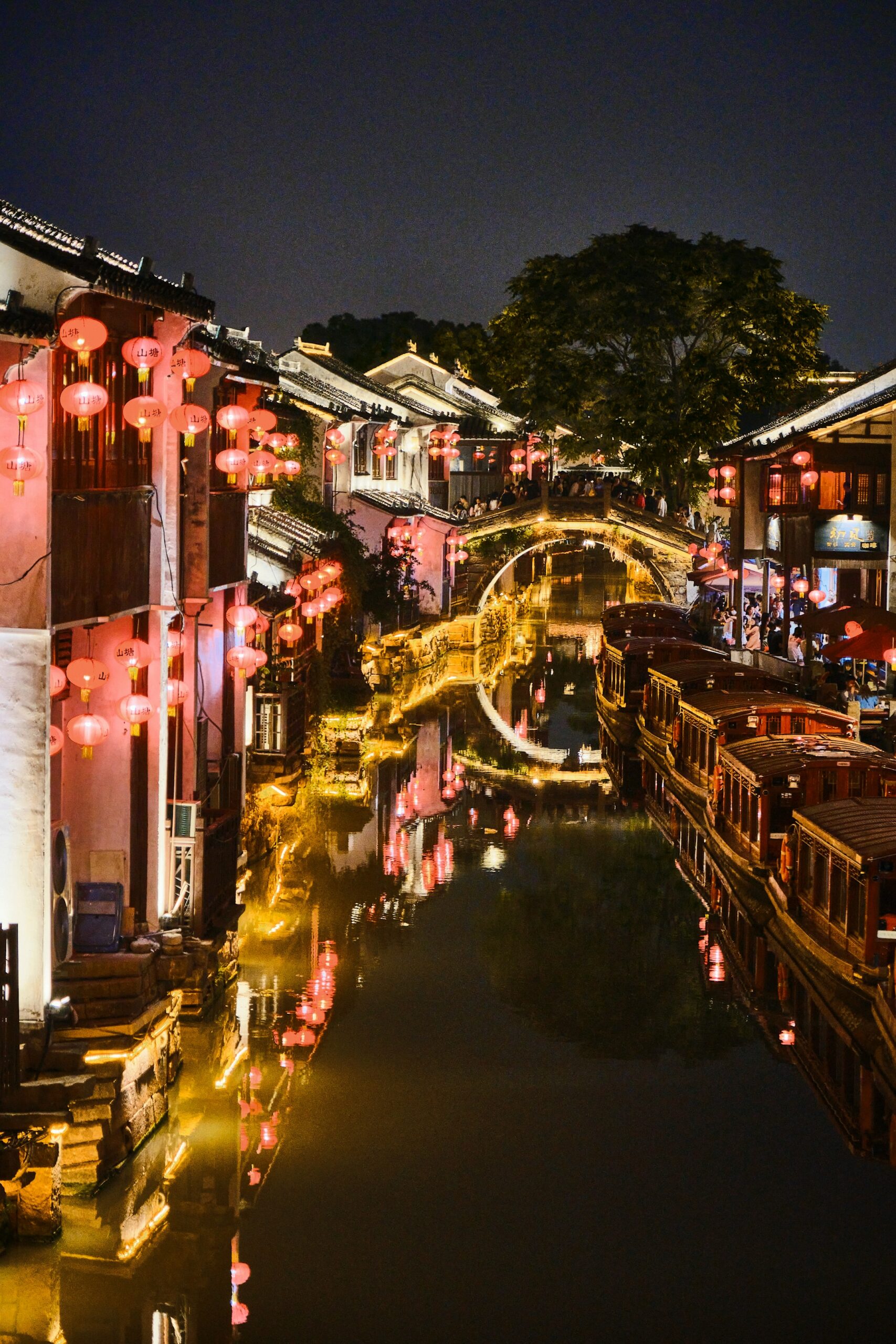
Explore the city by land
In China, the Gardens of Suzhou resonate as a terrestrial echo of the mythical Gardens of Eden. These gardens are a sublime canvas where the intricate art of landscaping comes to life, embodying the pinnacle of Chinese aesthetic philosophy. A beacon of universal reverence, the Gardens of Suzhou have ignited the imaginations of artists and landscapers across the globe.
Serving as a testament to their profound influence, the Astor Chinese Garden Court within the Metropolitan Museum of Art in New York was conceived in the likeness of a Ming dynasty scholar’s courtyard, specifically Dian Chunyi, found in the revered Master of the Nets Garden. Of the 108 meticulously preserved gardens, a generous number, around 80, welcome the public to immerse themselves in their tranquil beauty and historical richness.

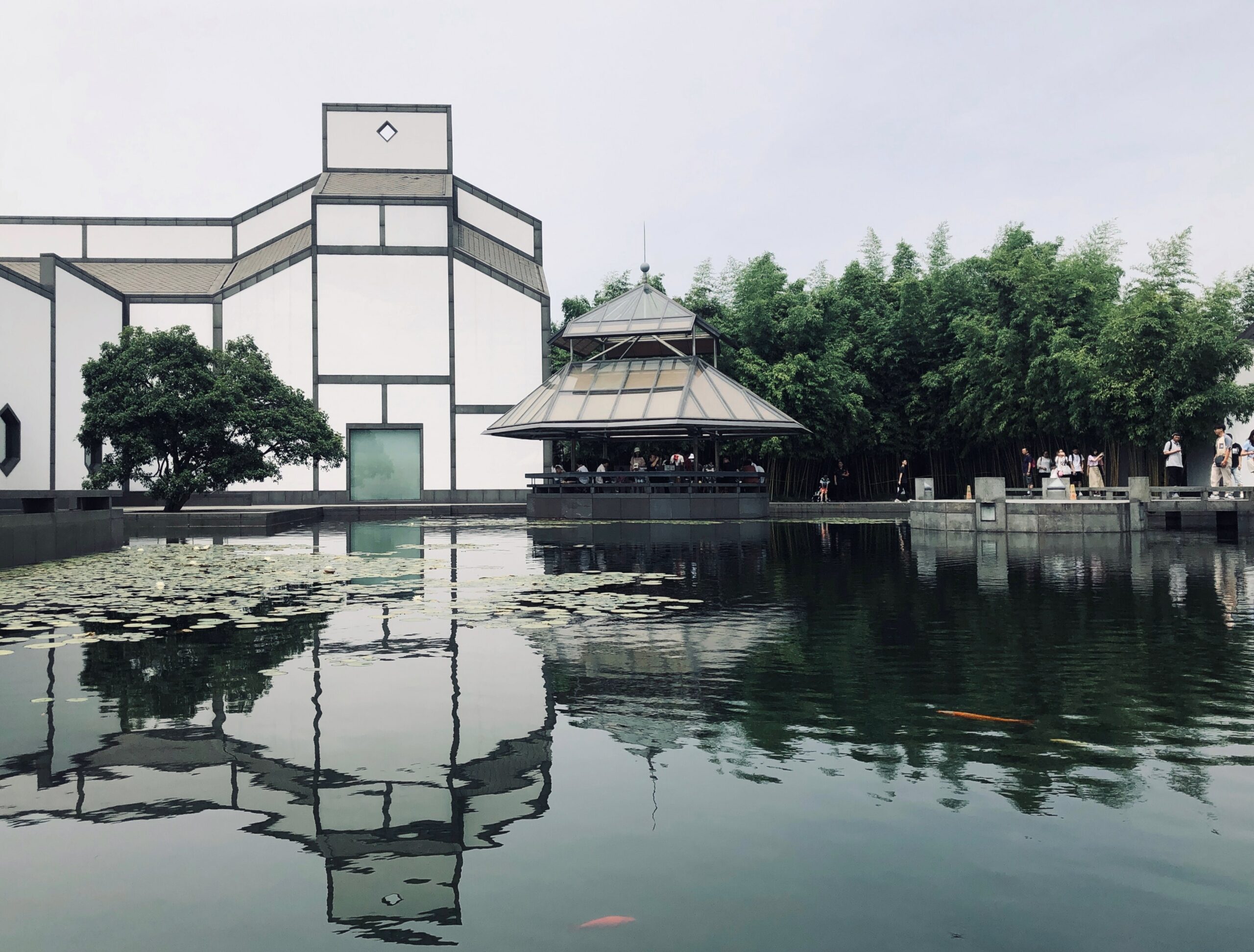
Shanghai
Shanghai offers students an unparalleled opportunity to experience China in a city undergoing economic rebirth and revitalization. Shanghai is the place to be to witness the economic and socio-cultural transformations of modern China (as well as to observe the disparities that remain). Shanghai has traditionally been one of the most important financial and business centers of Asia, and is becoming known as “the Wall Street of the East”. After the Second World War and the establishment of the People’s Republic of China, foreign investment was discouraged. Today, however, Shanghai is again a multinational hub of finance and business and one of the world’s major financial centers.
Interesting facts about Shanghai
The name Shanghai comes from the Chinese characters meaning “above” for Shang and “sea” for hai, together making up “Upon the Sea”.
Shanghainese is a dialect of Wu, an ancient branch of Chinese that is a distinct language from Mandarin. In fact, Shanghainese is only about 50 percent intelligible to Mandarin speakers.
Got a sweet tooth? You’ll love Shanghai cuisine – which is said to be sweeter than any other region of China.
Shanghai was one of the five treaty ports that China was forced to open in 1842, after the first Opium War. The influence of British, French, and American trade can still be seen in the Bund, one of the most famous areas of Shanghai.
During the run up to World War II, Shanghai was one of the few places in the world that would accept Jewish refugees’ from Hitler’s Germany. Thousands of Ashkenazi Jews came to the city, joining an existing community of immigrants and expatriates.

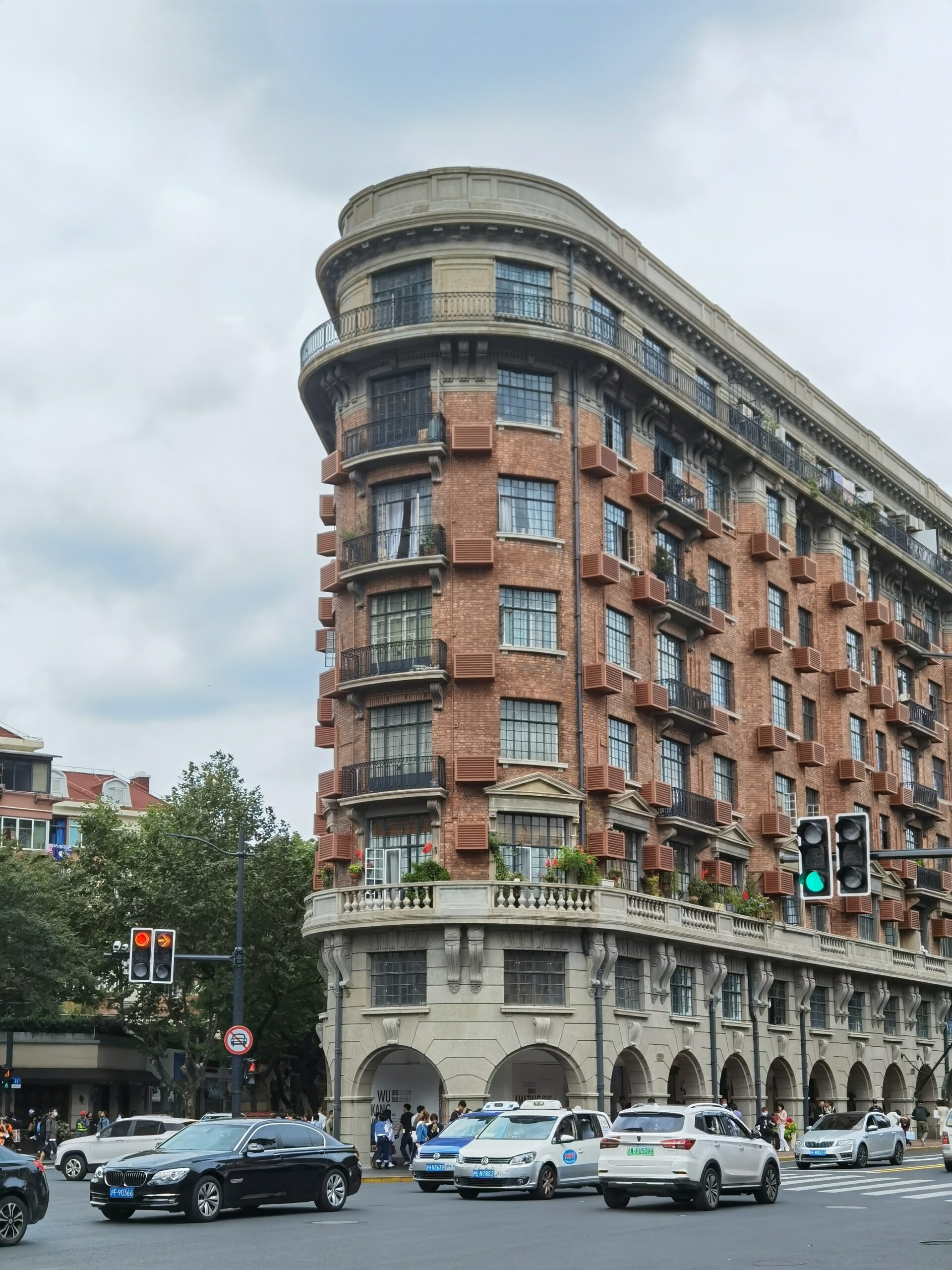
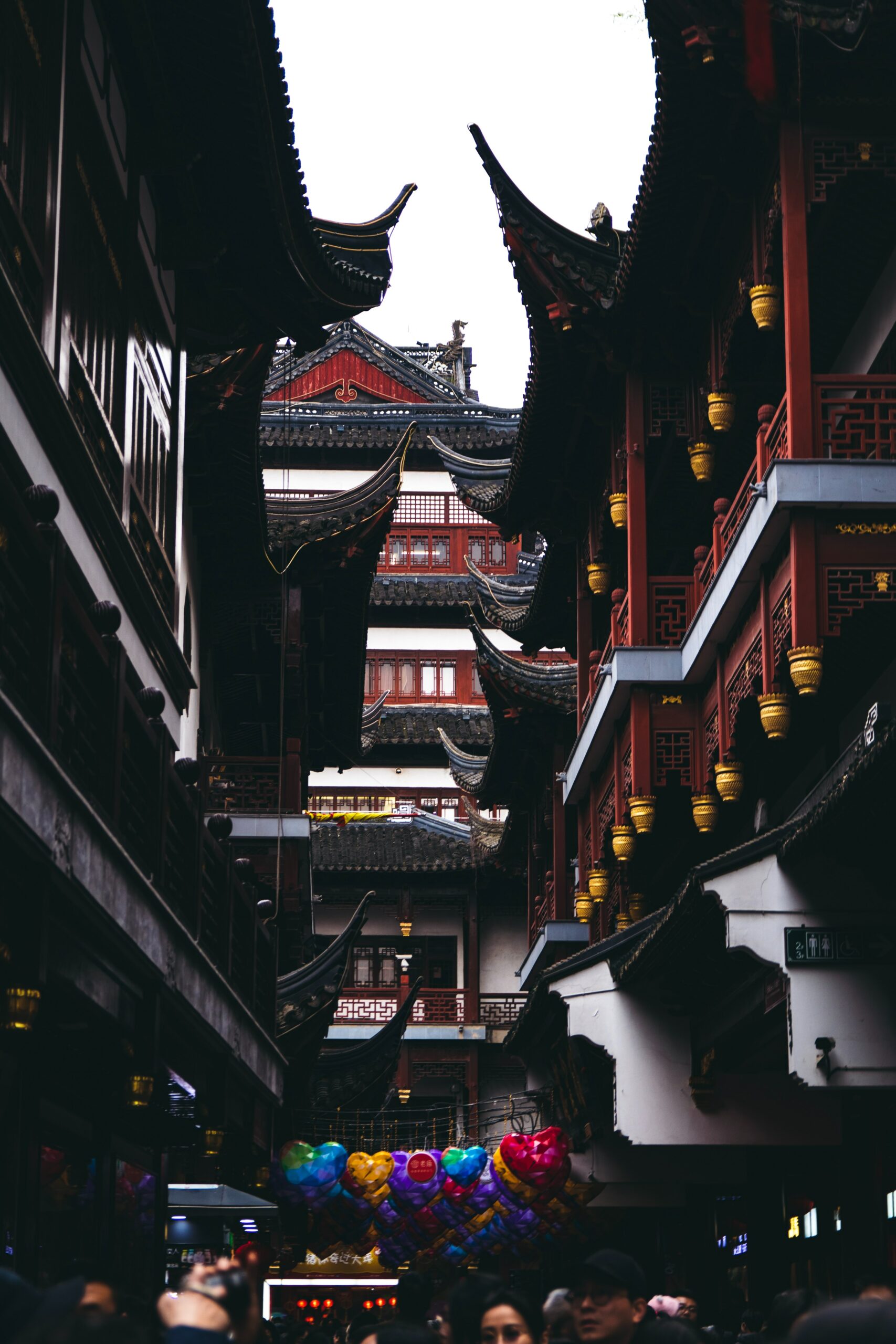
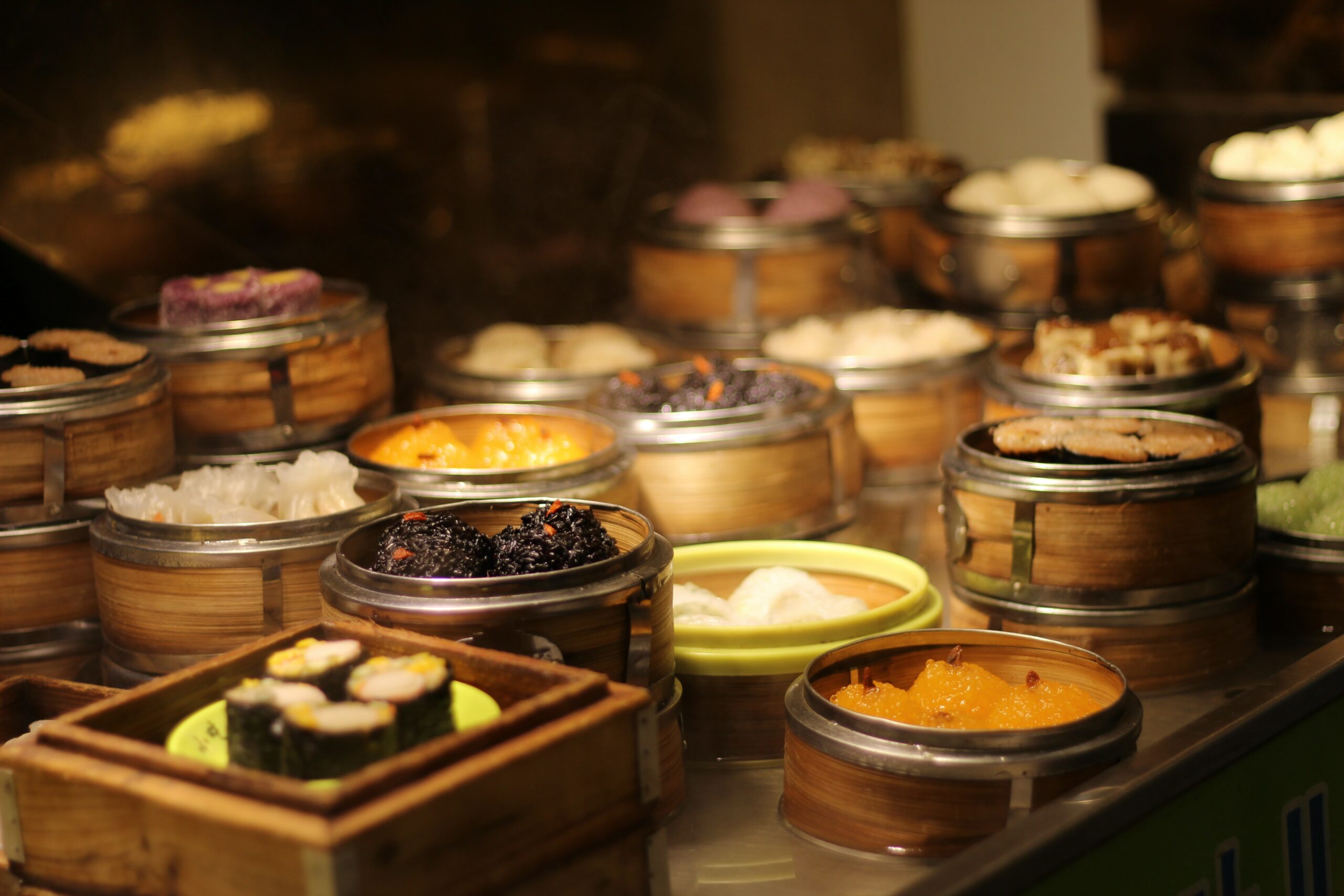
Highlights in Shanghai
The Bund
The Bund, or Waitan (外滩 Wàitān), stands as a hallmark of Shanghai’s vibrant waterfront, offering visitors a glimpse into the rich tapestry of history and modern evolution of this global metropolis. Nestled along the western banks of the Huangpu River, this protected historical area stretches for 1.5 km along the eastern part of Zhongshan Road (中山路 Zhōngshānlù), serving as a living testament to the dynamic growth of the world’s third largest city. A visit to the Bund promises an unforgettable journey through the pulsating heart of Shanghai’s cultural and historical landscape.
Citywalk
Shanghai, a city of contrasts, is home to myriad streets, each boasting either a deep-rooted heritage or a trendy, modern vibe. Don’t miss the opportunity to wander through some of these notable avenues, where tradition meets contemporary flair. Here are some top picks for your exploration: Nanjing Road, renowned for its bustling shopping scene; Jinxian Road, a blend of the old and new; Yongkang Road, a hotspot for food enthusiasts; People’s Square, the heart of the city’s cultural life; Hengfu District, a hub of historic charm; and Xuhui Riverside, offering picturesque views along the waterfront. Each promises a unique and unforgettable Shanghai experience.
Shanghai Disneyland
Shanghai Disneyland Park, nestled in Pudong, Shanghai, is a unique blend of Disney magic and Chinese cultural richness. Upholding its commitment to be “authentically Disney and distinctly Chinese,” the park engaged Chinese architects, designers, and research teams to seamlessly integrate elements of Chinese culture into its fabric.
This concerted effort has resulted in a theme park that, while retaining the enchanting Disney essence, offers a tailored experience that resonates with the preferences and tastes of Chinese visitors. From redesigned attractions to specific features that cater to the local audience, Shanghai Disneyland Park stands as a harmonious amalgamation of global entertainment and local cultural nuances.
The Shanghai Museum
A visit to Shanghai is incomplete without exploring the renowned Shanghai Museum, a treasure trove of Chinese heritage and art. This premier institution, famed for its extensive collection of bronzes, ceramics, and traditional Chinese calligraphy and paintings, houses over 130,000 invaluable cultural relics across 12 categories.
Spread over four floors, the museum features 11 galleries and 3 special exhibition halls, showcasing a rich array of artifacts including jade and ivory wares, ancient furniture, seals, and handicrafts, along with costumes representing China’s diverse ethnic minorities. With its vast and varied collection, the Shanghai Museum stands as a beacon of Chinese cultural richness, making it a must-visit destination for enthusiasts of history and art.
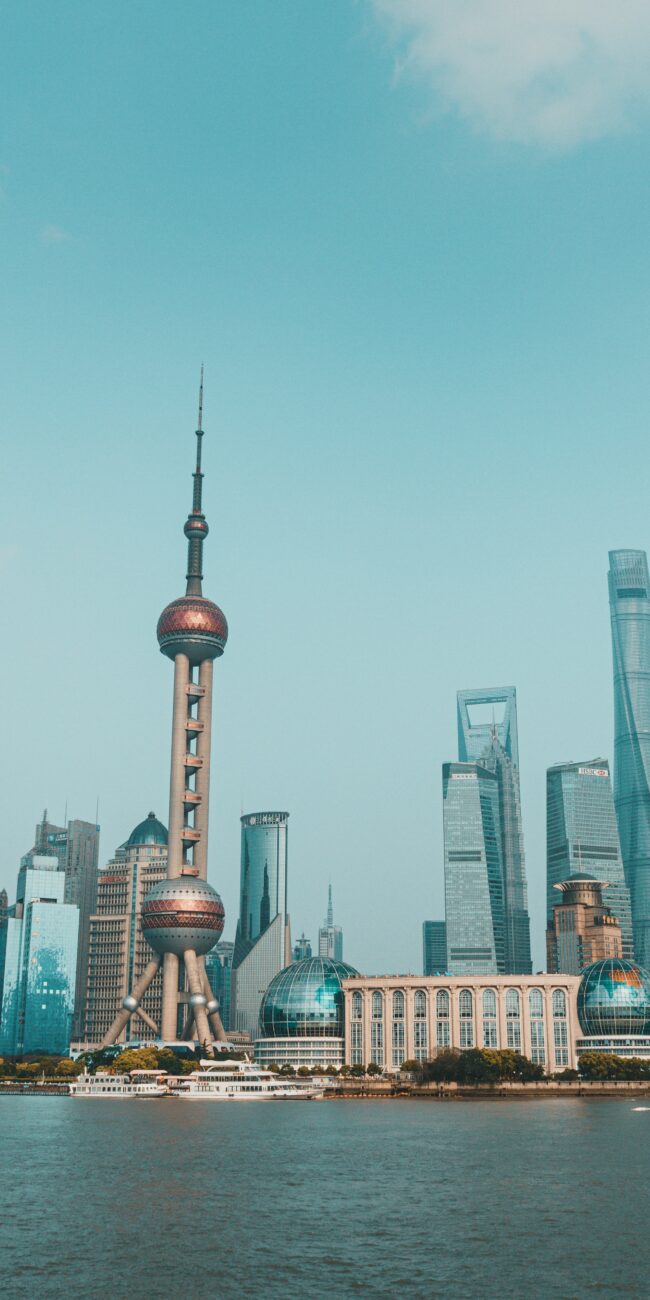
The Bund
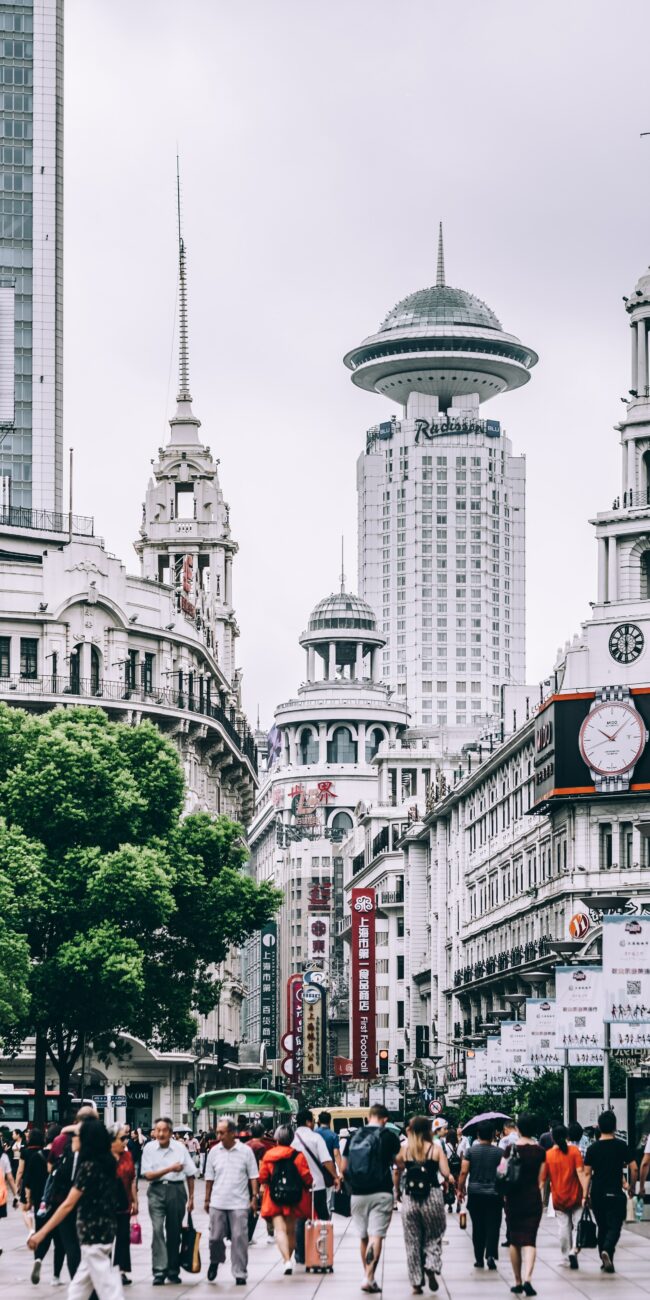
Citywalk
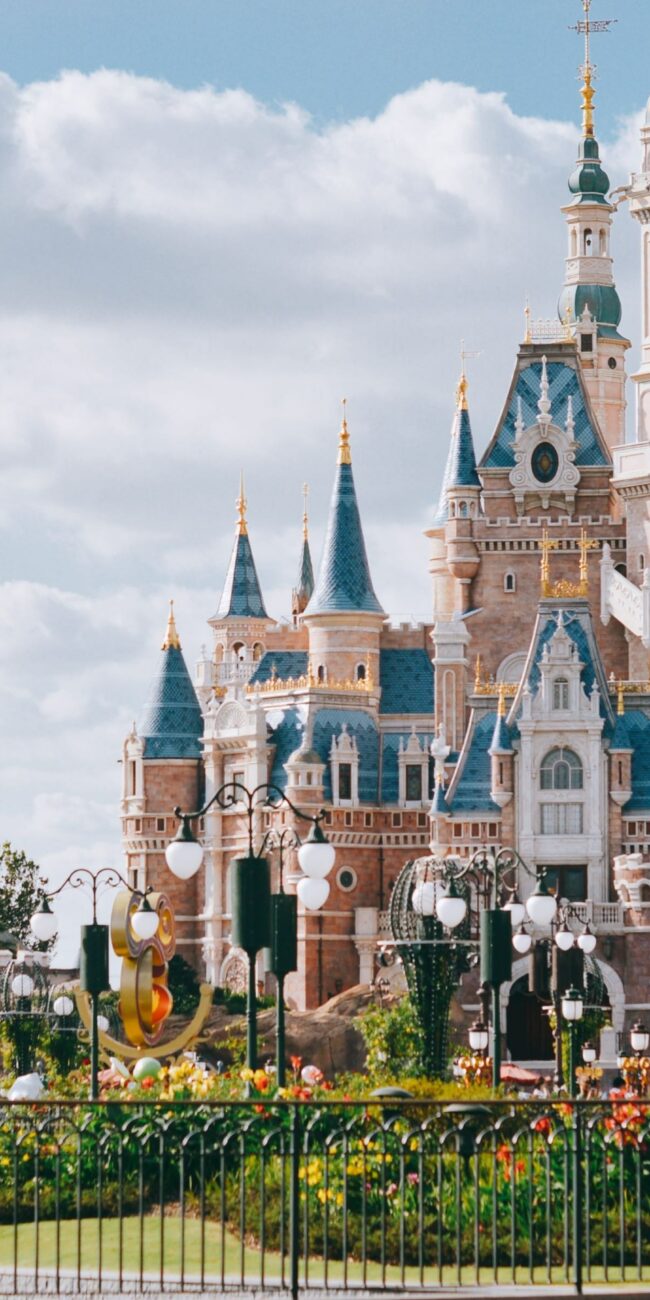
Disneyland
